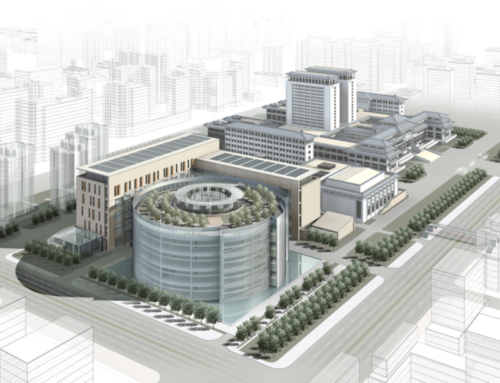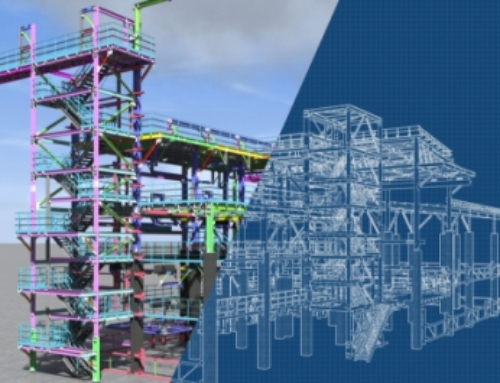Business operators are constantly searching for ways to increase efficiency and reduce cost, and as a construction company operator looking to reduce costs, you’ll often see BIM cited as one of the most impactful ways to improve profitability. Building information modeling, or BIM, is a process and a style of construction management that utilizes multiple softwares, tools, and techniques to more effectively plan and execute construction projects. Because BIM uses multiple tools and technologies, the upfront cost of switching to BIM may seem a bit intimidating, but the long-term benefits generally outweigh the initial costs.
WHAT ARE THE UPFRONT COSTS OF BIM?
The initial cost of adding BIM to your company’s workflow might seem high, but like anything, this price is not set in stone: not all companies and construction projects require the same software programs or tools, and each of these individual tools will have its own price tag.
Autodesk is an industry leading tool used commonly in architecture, engineering, and construction, and its best selling tools Revit and the Autodesk Building Design Suite have price tags of $6,000 and $12,075, respectively. For large construction firms this price may not be an issue, but for smaller construction concerns that cost may be an impassable barrier.
Thankfully for those smaller companies, there are a number of cheaper alternatives that share many features with more expensive options. VectorWorks and ArchiCAD are other BIM programs that charge under $4,500 for their software licenses, and there are even a number of BIM tools that are free and open-license.
While researching prospective BIM tools for your company, you may also want to take some time to research regional or local government initiatives that can offer tax credits or other support for your construction company.
WILL BIM SAVINGS OFFSET THE COST?
Part of your considerations when deciding whether or not to go through with licensing BIM tools is how long your investments will take to pay off. Of course, there are a great deal of variables that can affect how long it will take, but BIM generally will begin to show its benefits from the very first project you apply it to. BIM is an overarching strategy that can be applied to all steps of your work, so you’ll be able to see improvements in efficiency at every step. You can read more about how BIM can help reduce redundancy and design problems in our blog “How is BIM Used in Construction?”
The edge that BIM can provide in planning can also give your firm an edge in securing your next project. The improvements in 3D modeling and drafting made possible with BIM can greatly increase the speed at which your firm can show clients what your proposal might look like, with more exact cost estimates than before.
Integrating BIM into your construction firm can do more than just improve your project workflow. If you’ve tried to secure municipal or federal government contracts, you may have found that BIM is a prerequisite for the project! If your firm’s goal is steady work through government contracts, then experience working with BIM is a necessity, and some governments may even help you acquire BIM tools.
Want to see what kind of projects BIM can help you achieve? Take a look at Smarcon’s Projects page here.






